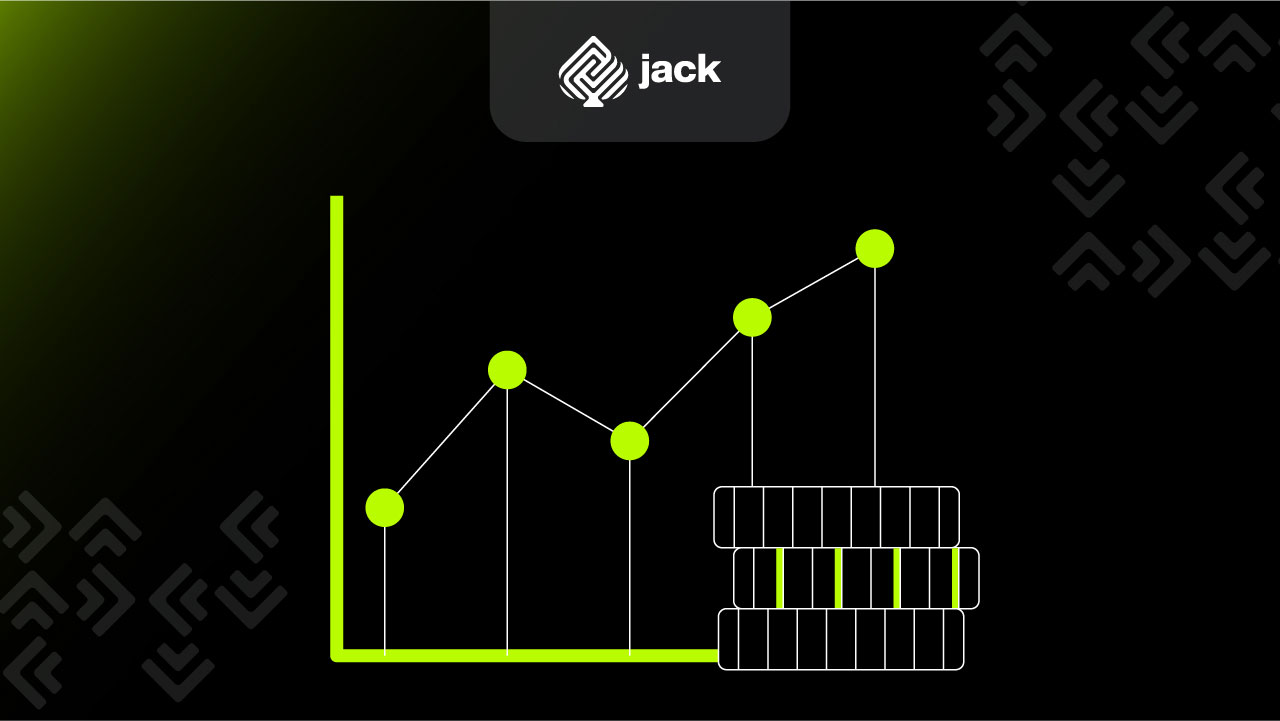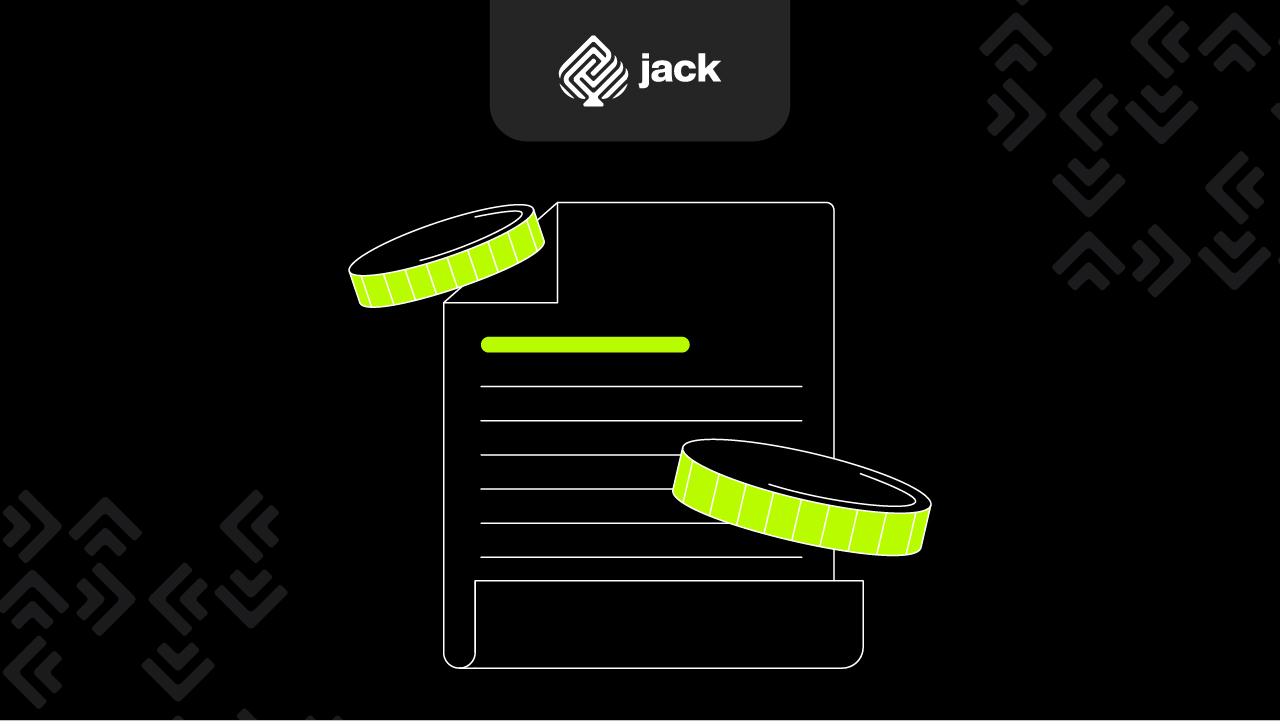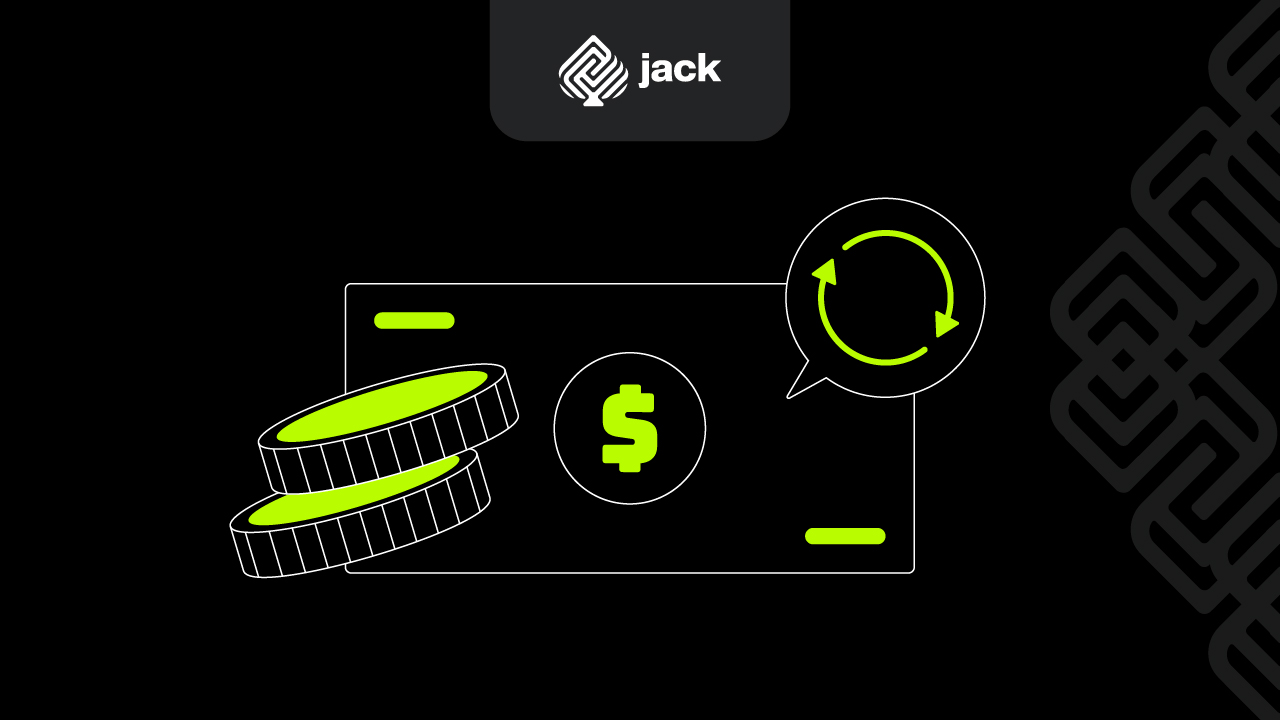Variable costs and fixed costs are two important cost components in the business world. These two types of costs have significant differences and play distinct roles in determining a company’s total costs. Therefore, it is essential for business practitioners to better understand the definition and calculation of these cost types.
In the following article, there is important and fundamental information about variable costs, ranging from the definition to the calculation and differences between this type of cost and fixed costs. Further details can be found in the following paragraphs.
Definition of Variable Cost

Firstly, it is crucial to have a good understanding of the definition of variable costs. In general, variable costs are costs that change with the level of production or sales of a product or service. Typically, these costs increase as production or sales increase and decrease as production or sales decrease.
In addition to the above definition, some describe variable costs as fluctuating costs depending on the production quantity. In other words, these are costs that change according to the quantity of goods or services produced or sold by the company. Since these costs can change rapidly, variable costs are usually considered short-term costs.
Examples of these costs include raw materials, direct labor, and other direct production costs. These costs are often highly influenced by the operational activities of the company and can be directly identified with the products or services produced.
See Tutorial Account Verification Jack
Calculating Variable Costs

Calculating variable costs is not difficult once the basics and steps are known. Simply multiplying the output quantity by the cost per unit of production is required to obtain the total cost using the following formula. To calculate the total variable cost, multiply the total output quantity by the variable cost per unit of output.
There will be variations in this cost per unit throughout the profits. In a broad sense, it is often possible to accurately calculate this cost by summing up various costs included in it.
Furthermore, there is a possibility that these costs need to be distributed to several different commodities if the costs occur according to the batch of each production. Therefore, business practitioners should calculate these costs as accurately as possible.
Differences Between Variable Costs and Fixed Costs

Besides variable costs, there are usually fixed costs in an industry. In contrast to variable costs, which fluctuate, fixed costs are costs with a constant or unchanging value. It does not matter how high the level of production or sales occurs in the business.
These fixed costs do not change in the short term and are not influenced by the operational activities of the company. Examples of fixed costs include rent, management salaries, and administrative costs. These fixed costs will remain constant in the short term, although changes may occur in the long term.
From this information, it can be said that there are several fundamental differences related to variable costs and fixed costs in a business. The intended differences include, for example, the following:
1. Differences in Terms of Each Cost’s Benefits
In terms of the benefits of each cost, both variable and fixed operational costs of a company will undoubtedly play an essential role. Fixed costs are associated with a higher level of risk, resulting in a higher level of benefit and the possibility of greater profits for the company.
On the other hand, variable cost expenditures are usually safer, unfortunately reducing the amount of benefits generated. Not only that, but as a result, it also makes the organization have the potential for lower profits.
2. Differences in Changing Production Levels
The main difference between variable costs and fixed costs is the response to changes in the production or sales level. Costs of the variable type will change with changes in operational activities, while fixed costs will remain constant.
Additionally, variable costs can be directly identified with the products or services produced, while fixed costs are not directly related to the level of production or sales.
3. Differences in Impact on Company Profits
The next difference is when looking at the impact on company profit acquisition. It can be said that although variable costs tend to remain constant, the influence of fixed costs on company profits may change depending on the quantity of goods produced by the company.
The consequence of this event is that fixed costs will decrease as the level of output provided by the production process increases.
When production is large enough, and the number of goods purchased by consumers is higher, the price of these goods can be stretched with the same amount of fixed costs. In this way, the company can obtain better profit and revenue levels by expanding output and reducing costs effectively.
From the information presented in the above article, it can be seen that variable costs are costs that can fluctuate.
According to the definition and calculation methods, determining variable costs is not a difficult task. Similarly, when comparing these costs with fixed costs in a business or production process.
In managing a business, it is important to understand the differences between variable costs and fixed costs. Business practitioners should have a good understanding of how these costs can help management make better decisions regarding pricing, production volume, and overall business strategy.
Use Jack for your business needs
By understanding the differences between variable costs and fixed costs, companies can manage resources more efficiently and optimize their profitability.






